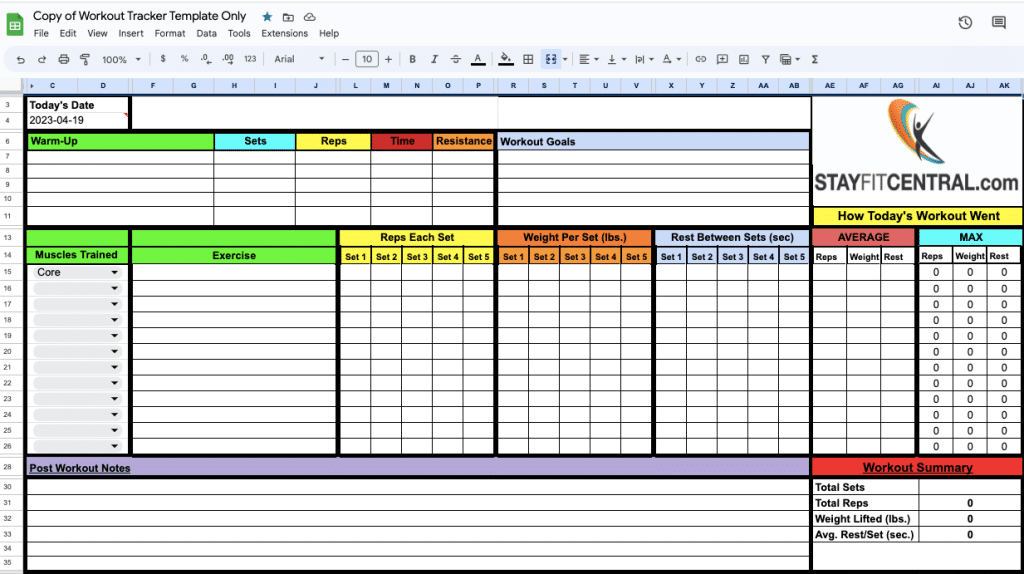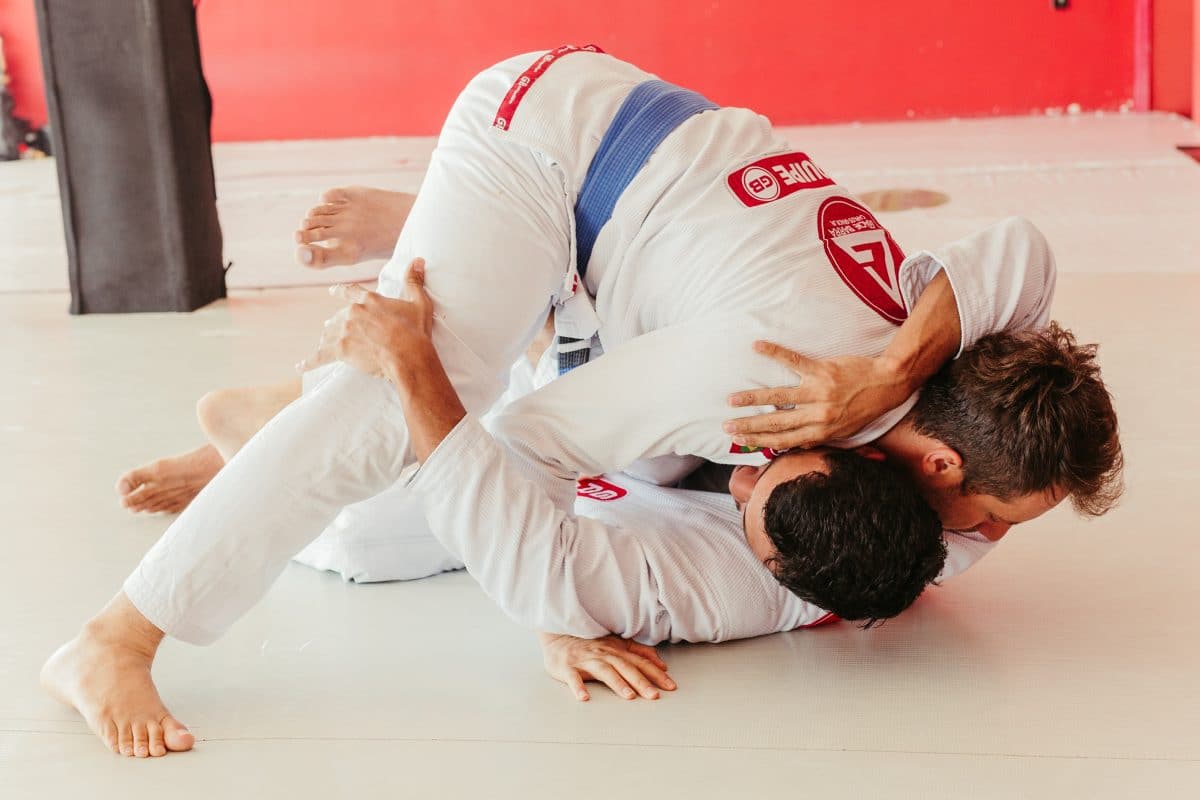Workout Tracker
How To Use A Weight Training Tracker To Improve Your Jiu Jitsu
How’s it going? I’m super stoked that you clicked through to this article. After reading you’ll know how to use the info you get from your weight training tracker to help improve your BJJ workouts and rolls.
As someone who has been training in Brazilian Jiu-Jitsu (BJJ) for several years and lifting weights even longer, I’ve discovered a powerful tool for helping me get more from my BJJ workouts- a weight training tracker.
Don’t get me wrong. I still feel plenty humble after rolling but using the information I get from my tracker is invaluable.
Here’s how.
- Targeted Training: The tracker ensures you’re engaging in exercises that specifically enhance your BJJ skills, focusing on necessary muscles and movements.
- Performance Analysis: It allows you to compare your lifting performance, both pre and post-BJJ training sessions, offering insights into your overall fitness regime.
- Comprehensive Workout Documentation: You can record detailed notes about your BJJ workouts, tracking progress and areas for improvement.
- I have fewer injuries. I’ve thankfully never had a bad injury from BJJ that took me off the mats for weeks or months. Some of that is due to luck, good instruction, and cool training partners. But I also know that using my tracker to program the best possible workouts for myself is a significant advantage.
Keep reading. I want you to get more from BJJ by tracking your weight training workouts too. The rest of this article only takes a few minutes to read and teaches you exactly what to do.
How To Use Your Weight Training Tracker for Brazilian Jiu-Jitsu
Before reading make sure you get a free copy of our workout tracker.
1. Decide what you’ll use to track your workouts:
Make sure of two things here. The first thing is to determine whether you’ll actually use the tracker to log every workout. If you’re not too stoked on it, find another that works for you. There’s thousands of options including: notebooks, apps, websites, and spreadsheets.
The second is that the tracker you’ve chosen does everything you need to give you helpful feedback. This is usually in the form of graphs, charts, and tables that show your progress over time. I’ll get into that next.
I personally prefer a custom Google Sheets™ tracker I designed. It allows me to see everything I need on one screen, analyze my workouts, and create a new workout with 1 click. I also like that I can access it from any device and pretty much anywhere and that all of my data is private and secure.
2. Set Your Tracker Up For Success:
Make sure your tracker allows you to easily record the sets, reps, weight you lift, and rest taken between sets for every exercise and workout. This is super important. Without this information it’ll be tough to track your progress in the gym and at jiu jitsu.
The screenshot below shows you how to organize this information in your tracker. Click on it to get a free copy for yourself.

You should also be able to track things like your workout volume and average and max weights you lifted and reps performed. I also like to see the average amount of time I’m resting between sets to check on my cardio.
I think a good workout tracker also needs some type of fitness dashboard or area where you can create your own charts, tables, and graphs related to your workouts. You want to be able to quickly create a report that shows you’re progressing in terms of strength and reps for every exercise you do. I also like to track if I’m working out each body part enough and which exercises I’m most and least often.
Here are a couple of screenshots from my personal dashboard to give you a good example.

One last thing before we get to the really helpful stuff. Your tracker should have an area where you can log information about your BJJ workouts. There are 2 categories of information you want to be able to add to your tracker. The first is the data you get from a wearable fitness tracker, if you wear one. This includes things like your max heart rate, average heart rate, heart rate recovery, etc.
The second type of information you should be able to add to your tracker are notes and observations about how what you’re doing in the gym is affecting your jiu jitsu. This is really important. Here you’ll make notes that’ll help you see what you need to do in the gym to get better at jiu jitsu.
Here are some examples:
- Guard keeps getting passed
- Shoulder mobility and arm bars
- Farmer’s walk grip and core strength
3. Combining BJJ and Weight Training Data:
Now that you know what to track when you lift weights let’s get to the good stuff. I’m talking about using the data from your weight training tracker to see how it’s affecting your jiu jitsu. The first thing you need to do is think about the aspects of your BJJ you’re working to improve.
Here are a few examples.
- Strength Training Impact: Observing that exercises like bent-over rows and reverse laterals significantly enhance back and shoulder strength, aiding in grappling and opponent control.
- Grip Strength Transformation: Noting improvements in grip strength through exercises like farmers’ walks, making it harder for opponents to break grips.
- Optimizing Workout Timing: Realizing that intense workouts before BJJ sessions are more effective than post-BJJ training, which often leaves me too sore.
Get Your Weight Training Tracker To Work For Your BJJ
Remember that it’s a comprehensive system that bridges the gap between strength training and BJJ, offering you insights into how each aspect of your fitness regimen enhances the other.
By regularly tracking your workouts, you’ll learn more about how your workouts are or aren’t helping you avoid injury and improve your jiu jitsu game. This approach ensures that your training is not only about getting stronger but also about getting better at your sport.

